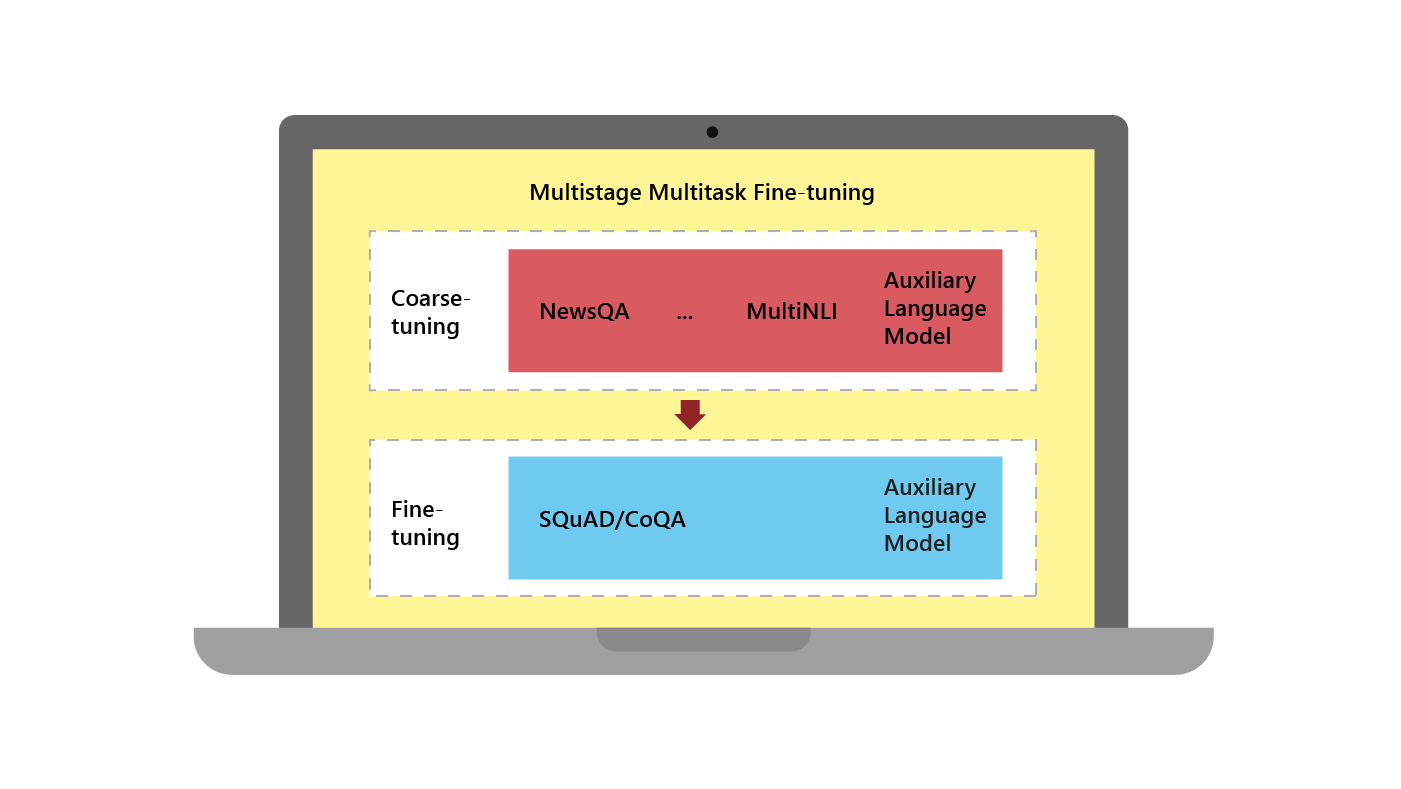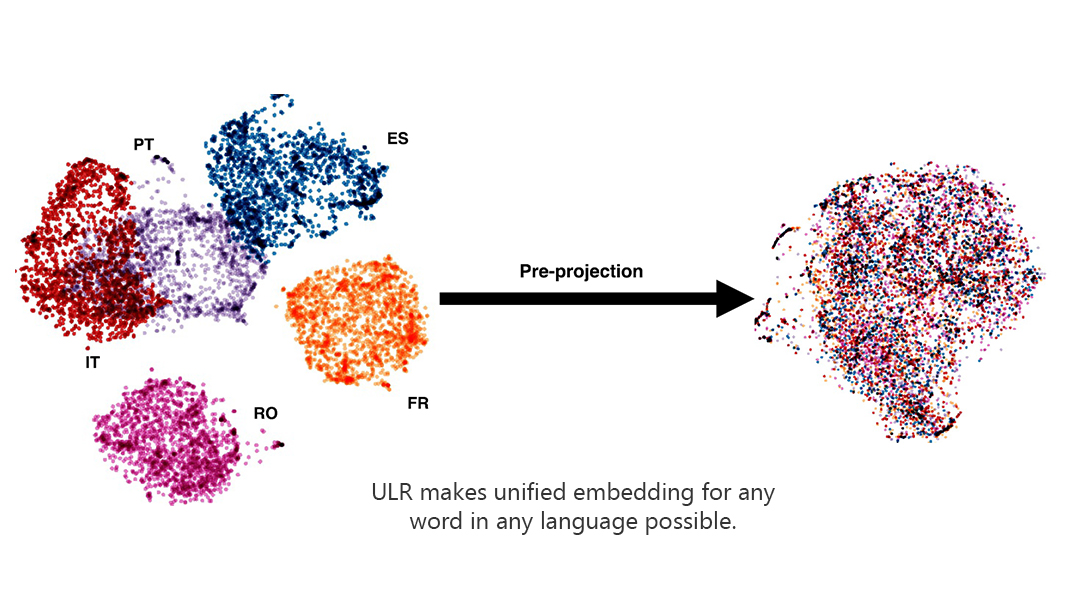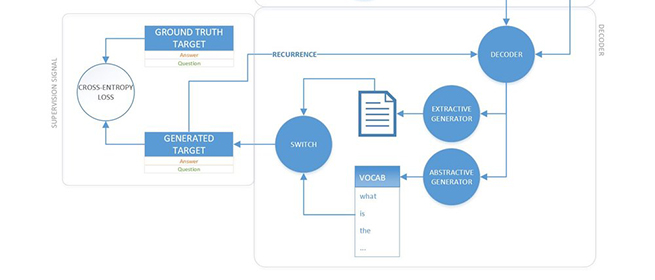
Analyzing ambiguity and word embeddings by probing semantic classes
Word embeddings have had a big impact on many applications in natural language processing (NLP) and information retrieval. It is, therefore, crucial to open the blackbox and understand their meaning representation. We propose probing tasks for analyzing the meaning representation in word embeddings. Our tasks…











